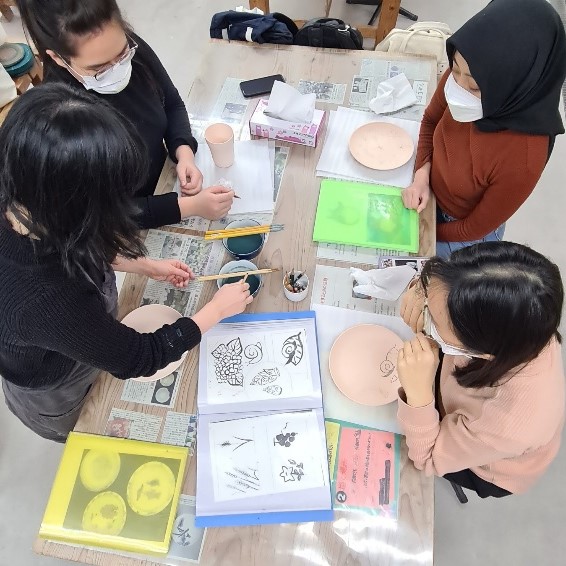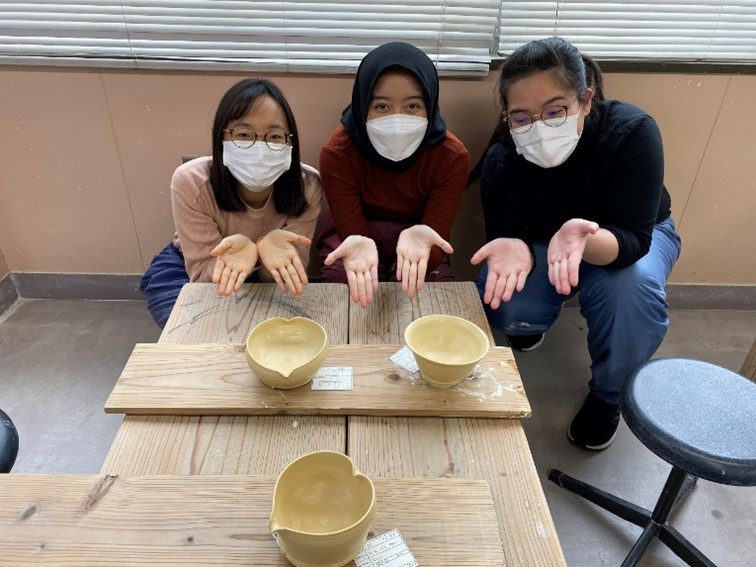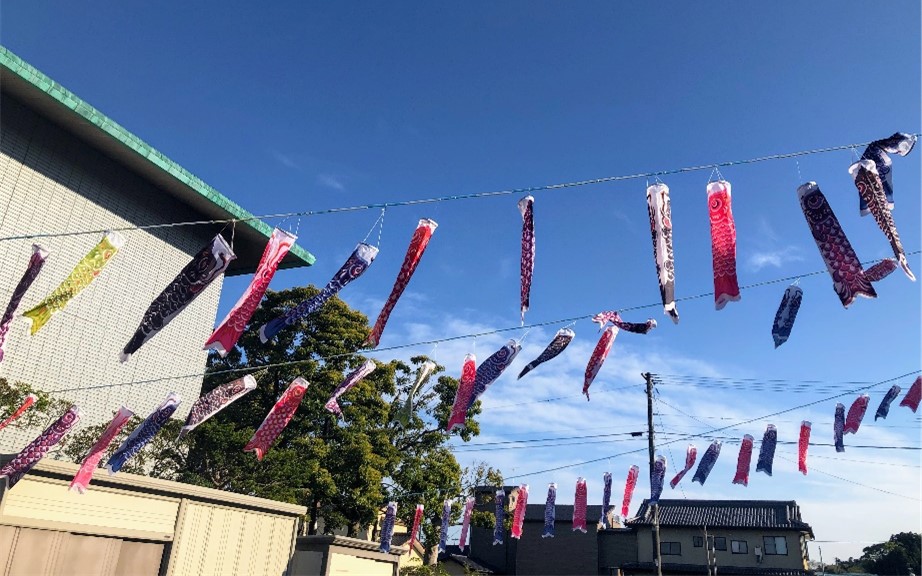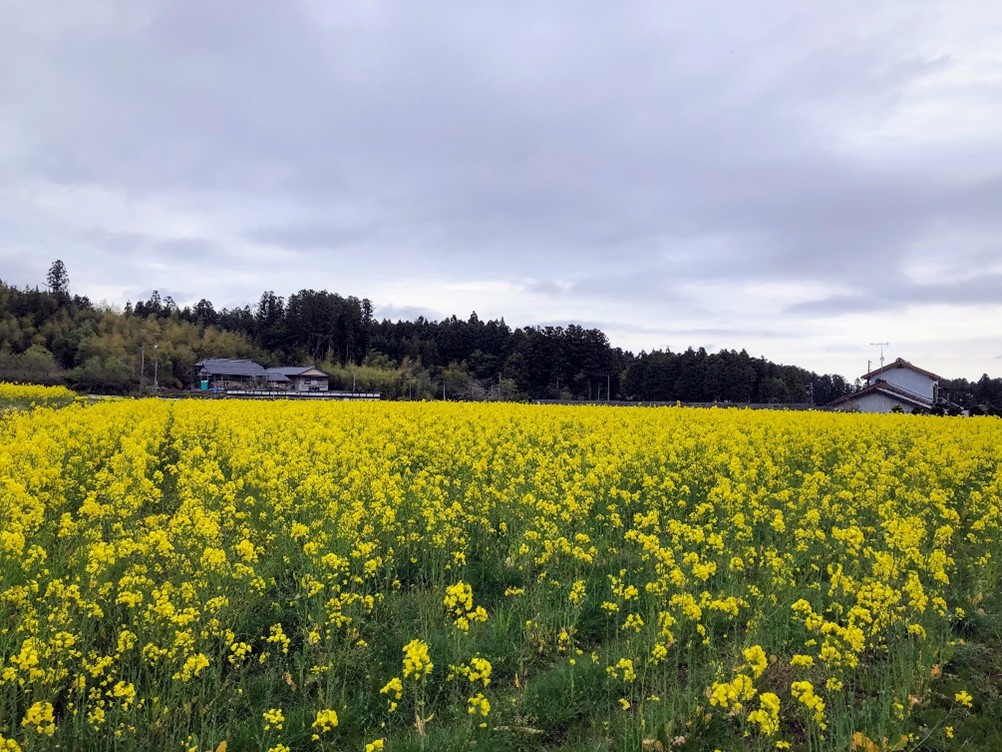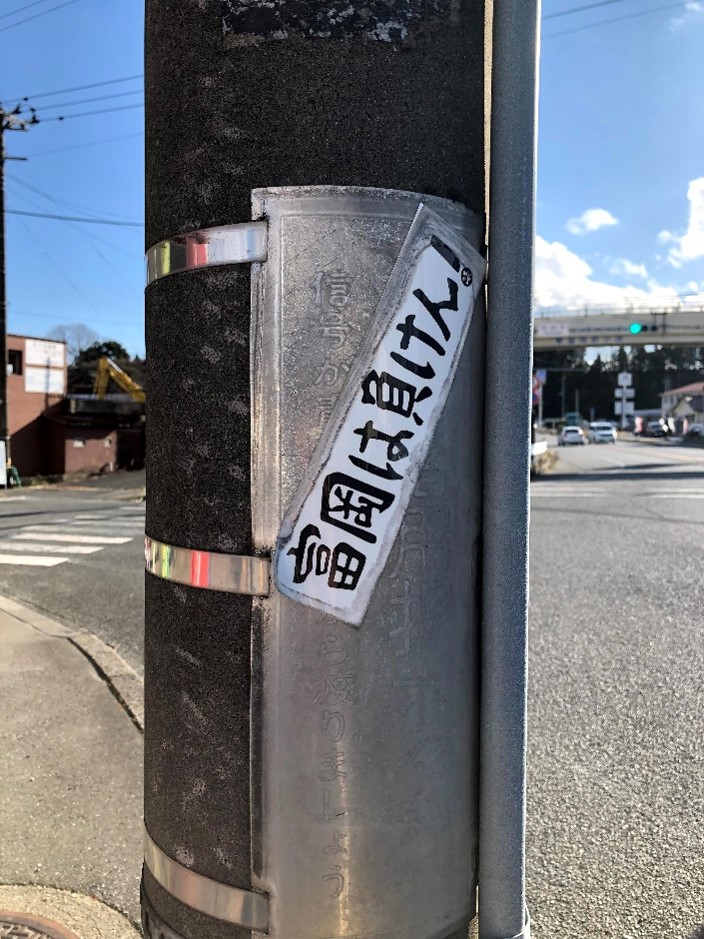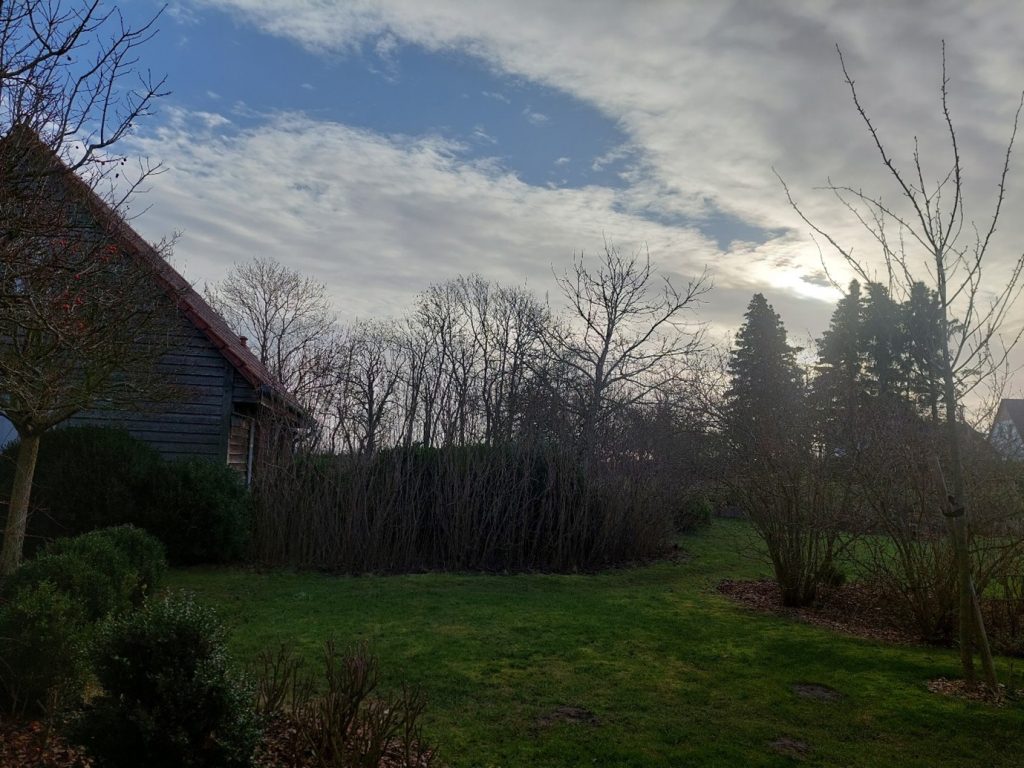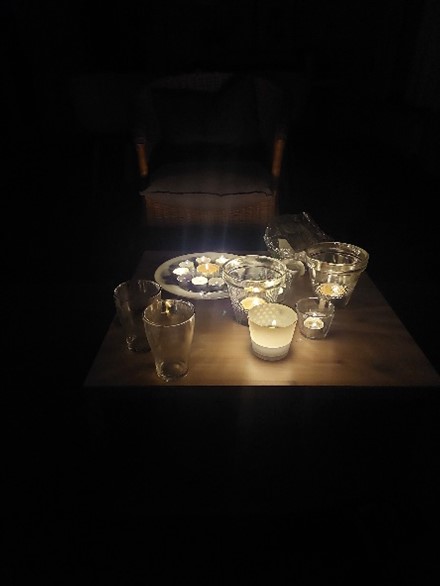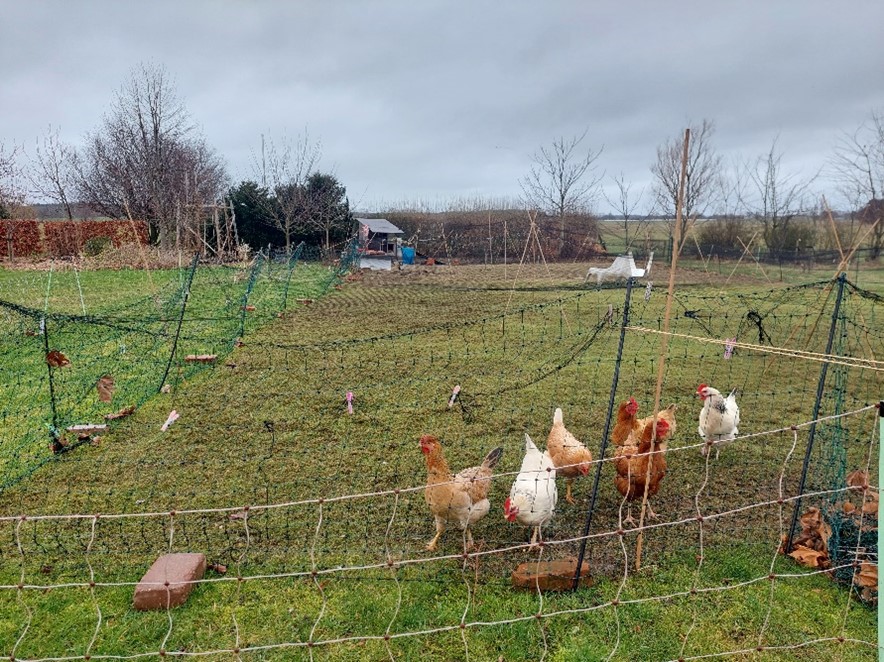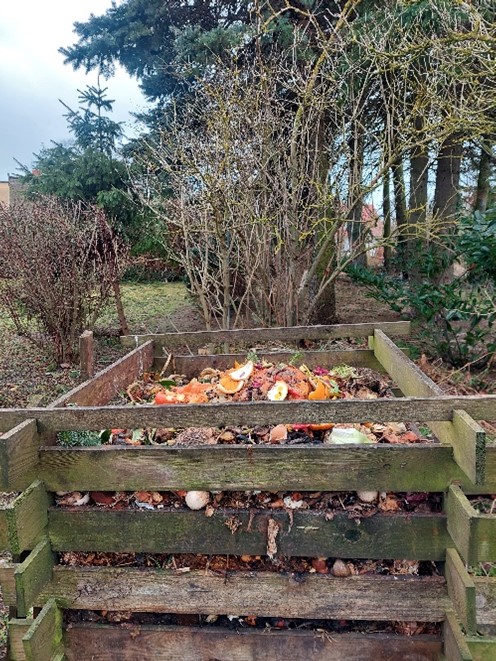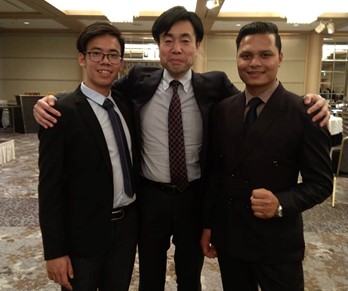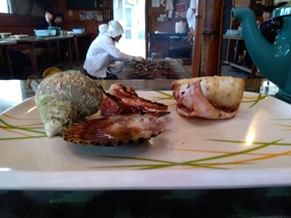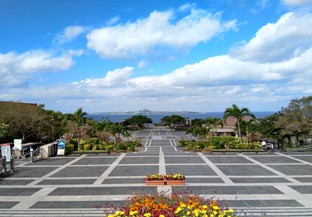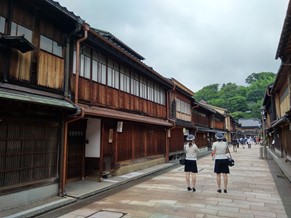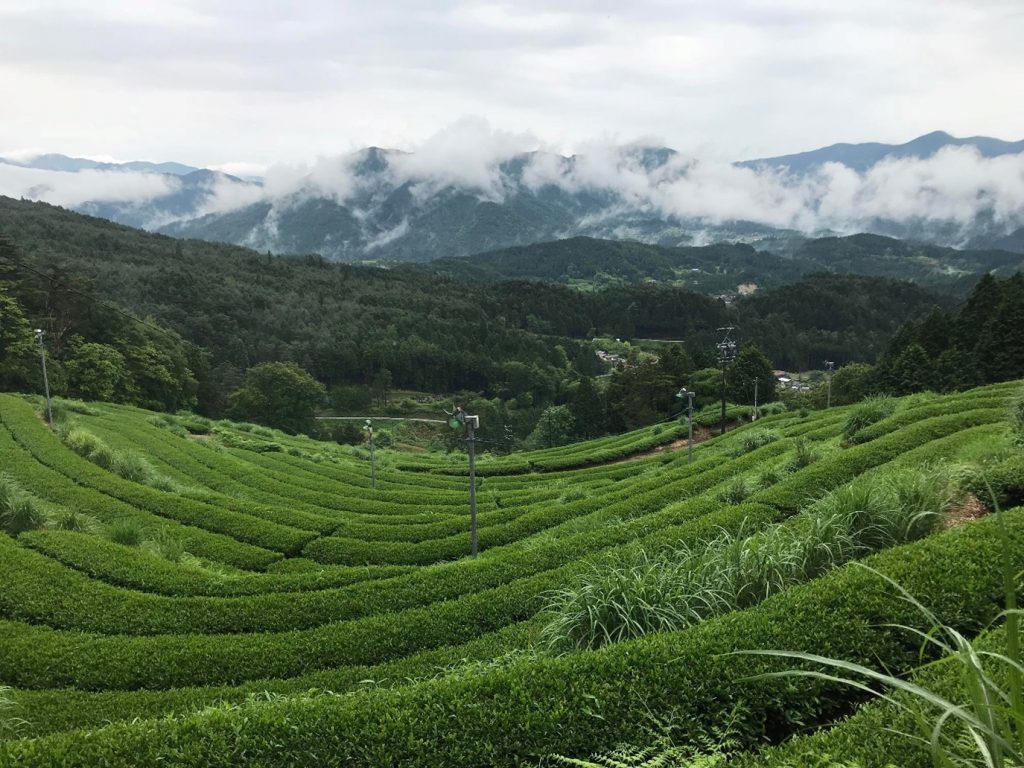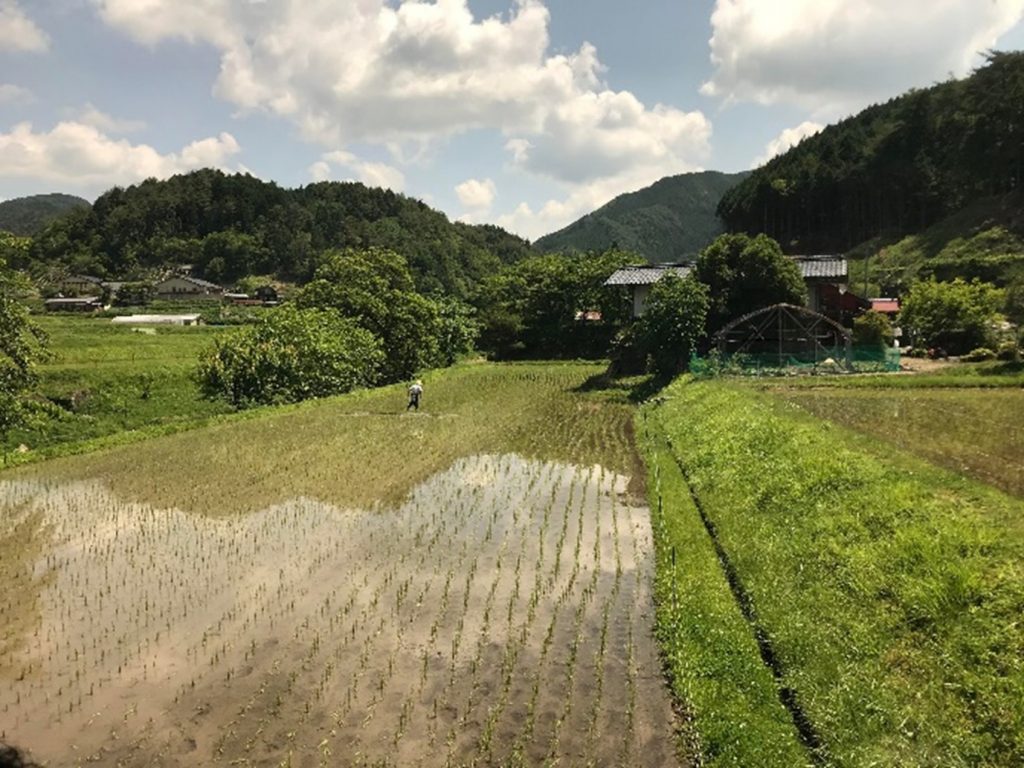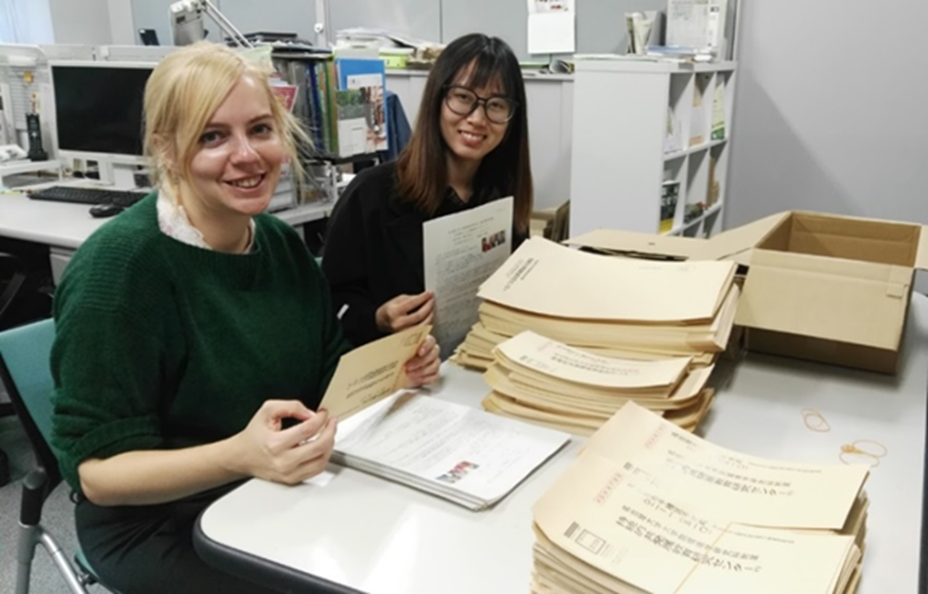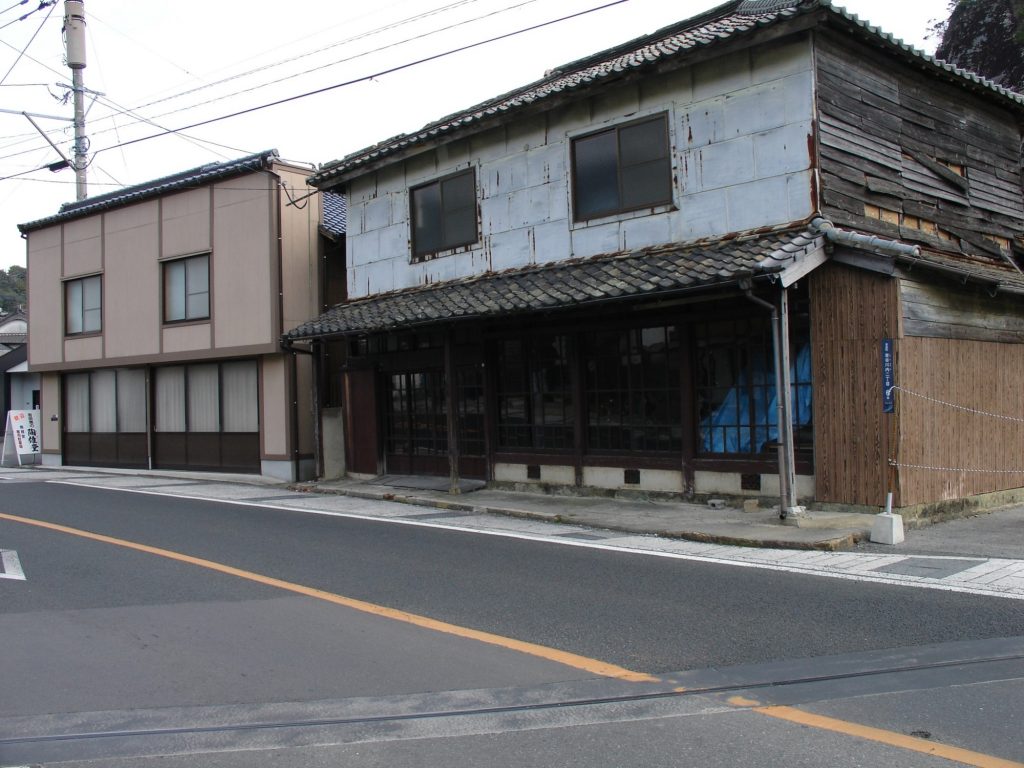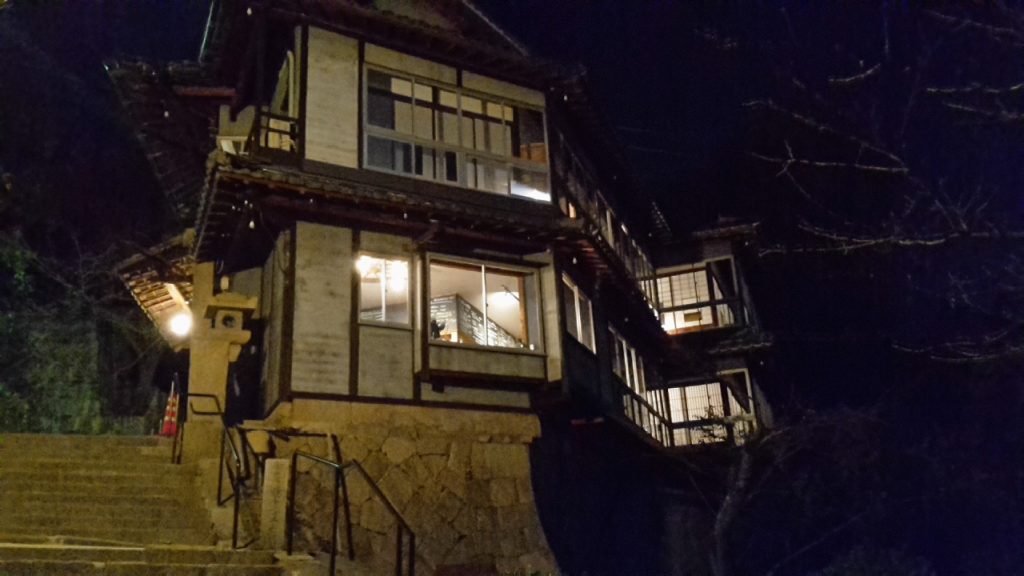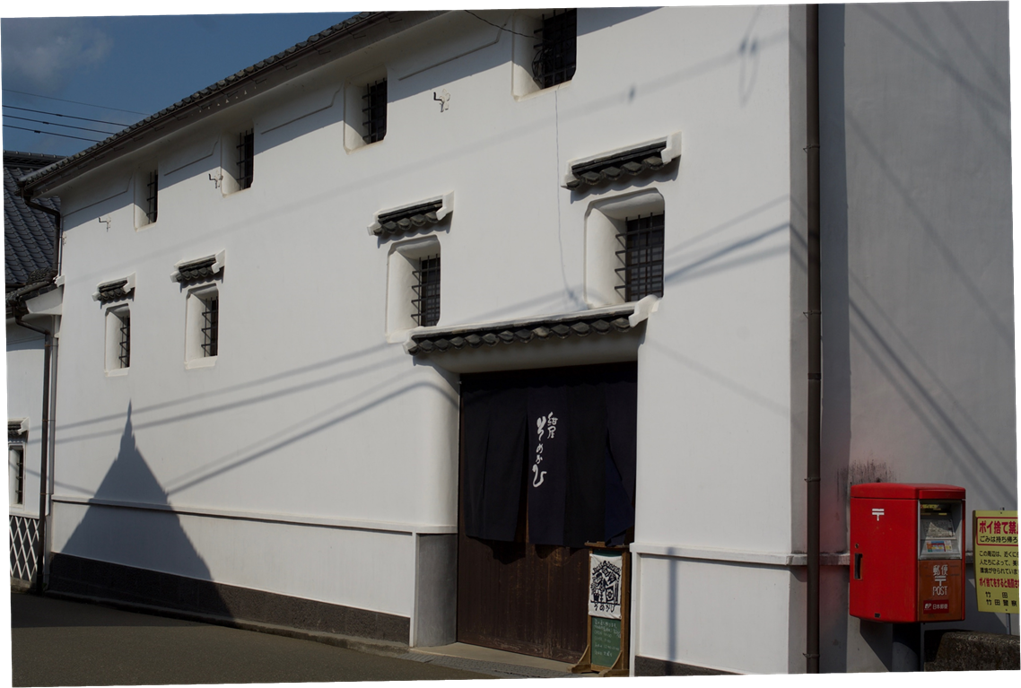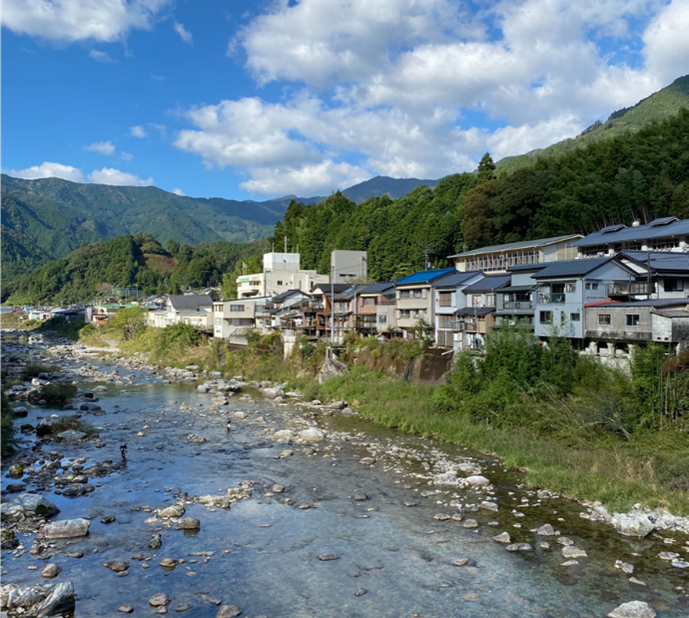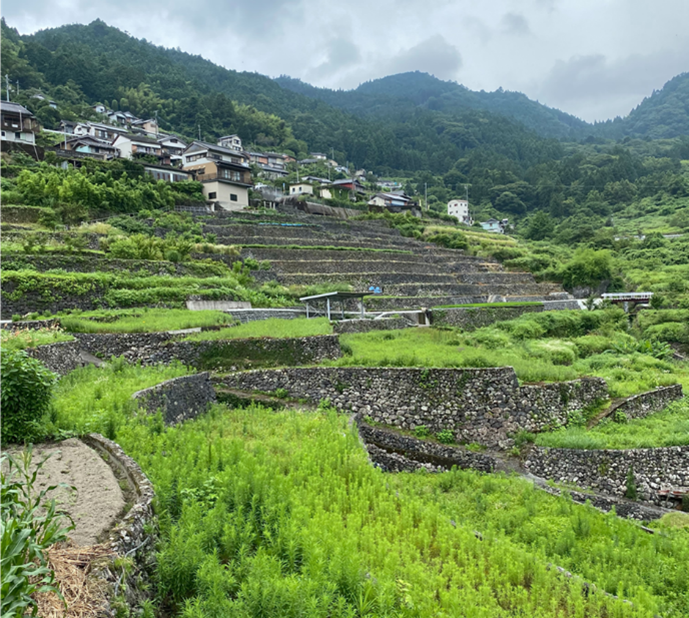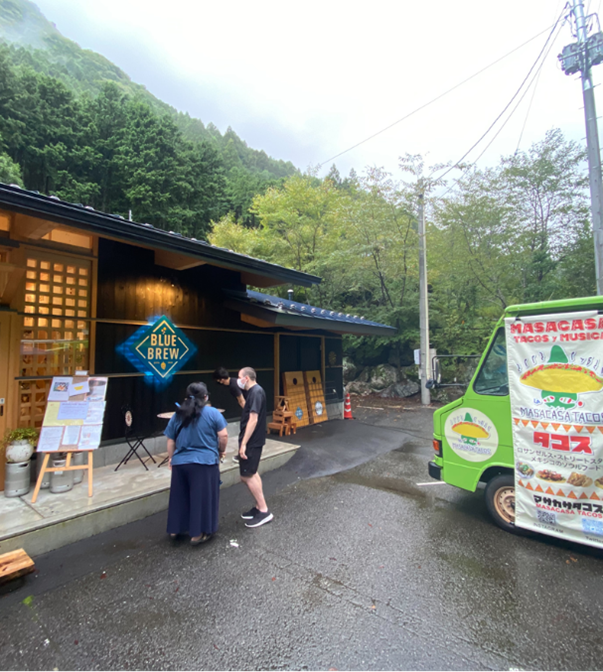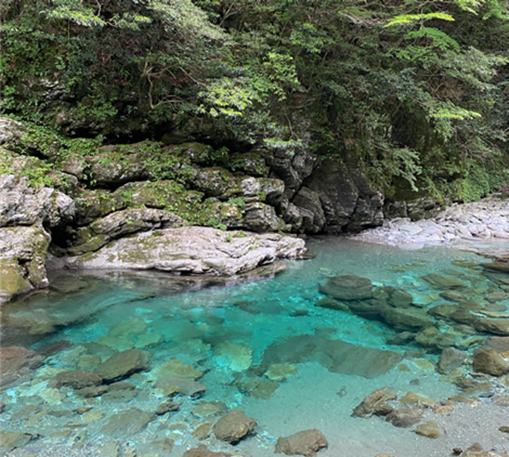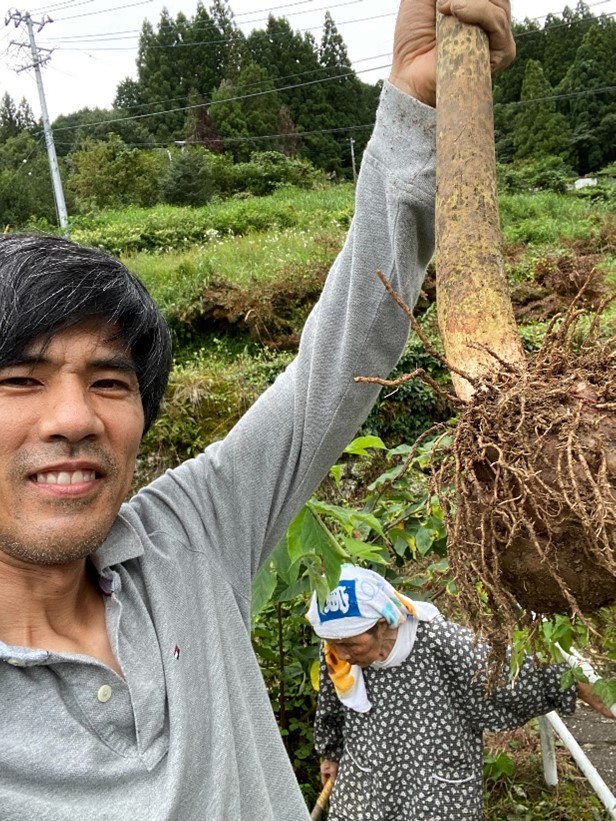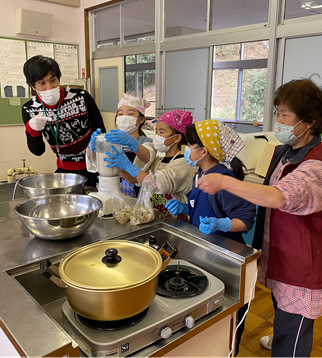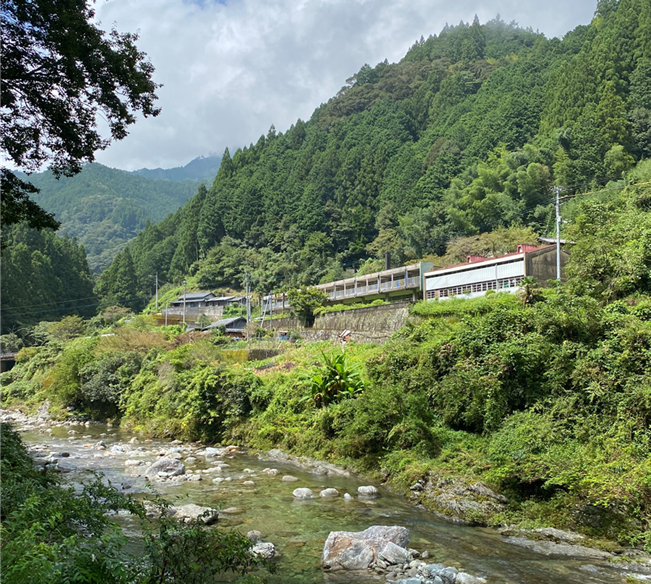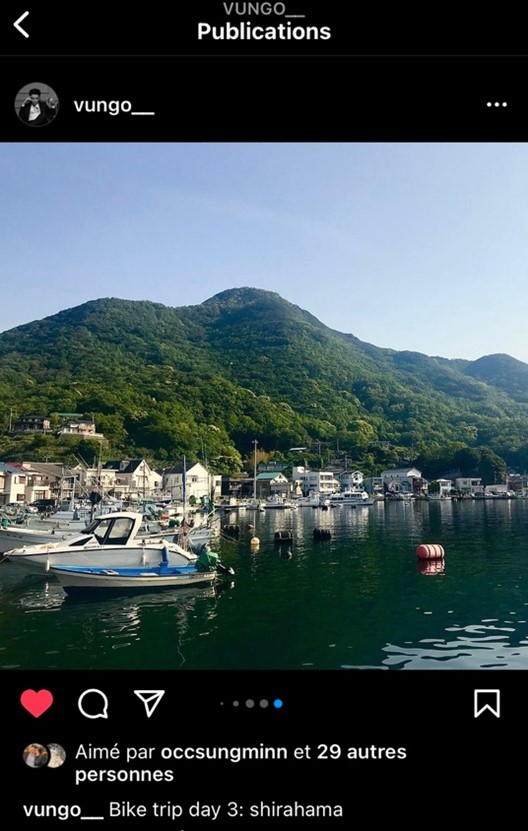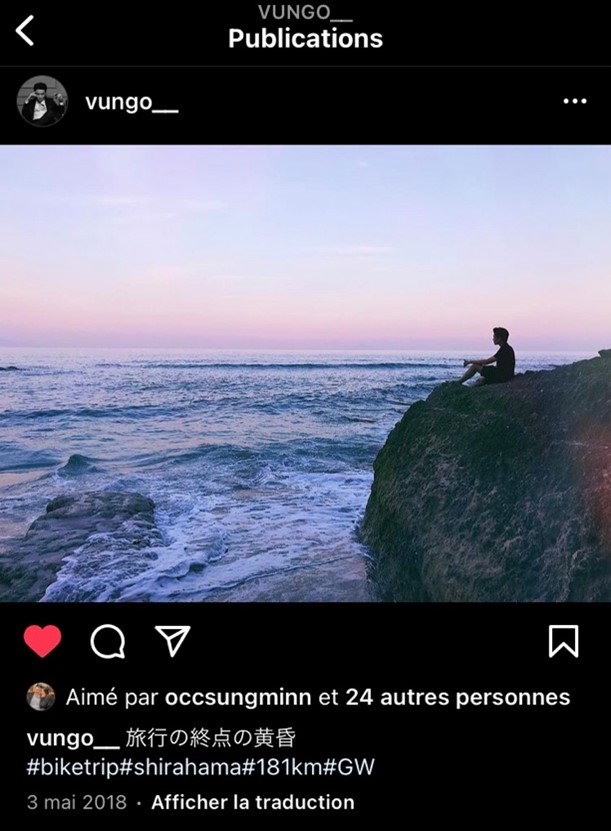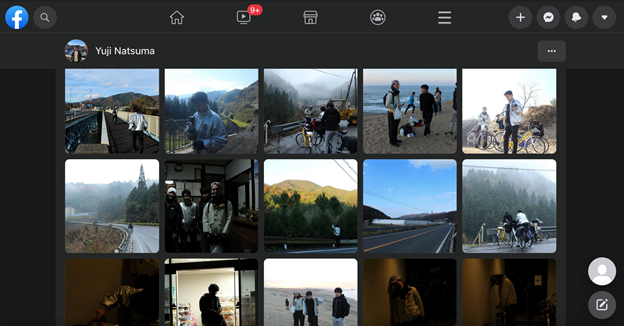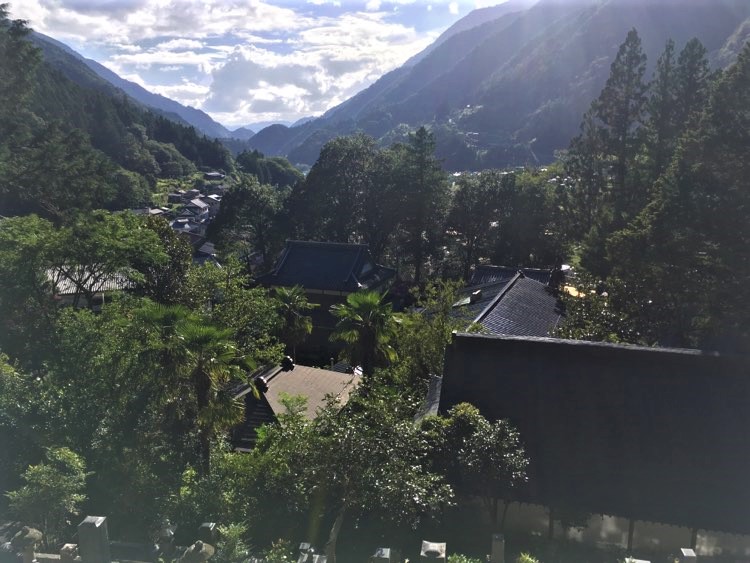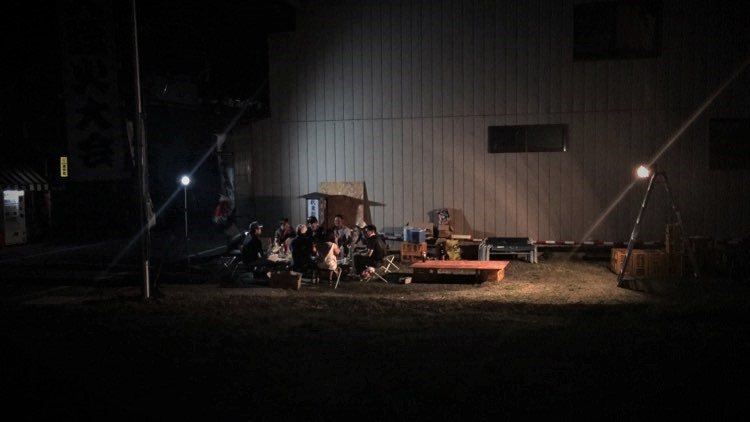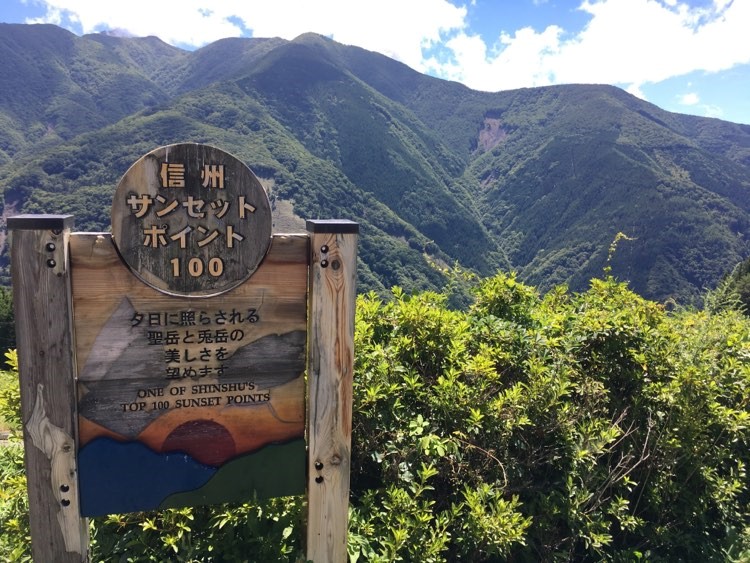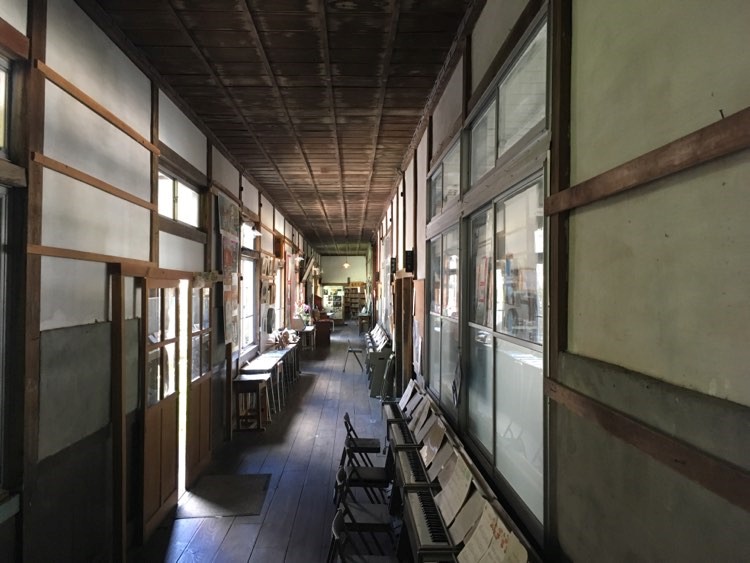文/英語訳:ヴィンセント – ホイザ
去年の投稿で述べたように、佐賀県にある有田町は世界的に焼き物で知られ、現在有名な有田焼のリブランドに取り組んでいます。
2019年の10月に有田町と大分県にある立命館アジア太平洋大学(これ以降APUと略称)が協定を締結しました。この協定を通じて、有田町が地域の持続的な発展と国際的に活躍できる人材を育成すること、そして若者の中での有田町の知名度向上を目指しています。有田町とAPUが実行している主なプロジェクトはインターンシップ事業であり、2021年2月から3月にかけて初めて実施し、APUの学生4名が有田に滞在していました。今年2月にインターンシップ事業が2回目に実施され、APUの学生3名が参加していました。日本国籍の学生も応募可能ですが、これまで参加者は全員APUの外国籍の学生です。有田での滞在中、学生たちは有田町の歴史的地区を通る皿山通り沿いの国際的なゲストハウスで生活します。このためこの地区に住む、窯業関係者とよく交流ができる上に、有田町にとって窯業の存在がどれほど重要か、また町並みにどれだけ影響を与えたかがよく分かります。
by Vincent Heuser
As mentioned in my first blog post, Arita town in Saga Prefecture is known worldwide for porcelain and currently trying to rebrand its famous Arita Ware.
In October 2019, Arita Town and the Ritsumeikan Asia Pacific University in Oita Prefecture (abbreviated as APU from here on) signed a Partnership Agreement. [1] With this Partnership Agreement, Arita Town aims to find new ways for sustainable development and training of talented people that can interact on an international level [2] as well as to make Arita more widely known among younger people. The main project that Arita and APU have implemented is an internship program that was first carried out from February to March 2021. As part of this program four students from APU stayed in Arita. In February this year, the internship project was held for the second time with three students from APU. Even though it is also open to apply for Japanese students, so far all participants were non-Japanese students enrolled at APU. During their stay, the students live in an international guesthouse in Arita located in the middle of the Sarayama Street, the main street running through the old historic part of Arita Town. This makes it easy to connect with people involved in the ceramics industry living in that area as well as to get an impression on how much the ceramics industry means to the town and how much the townscape is influenced by it.
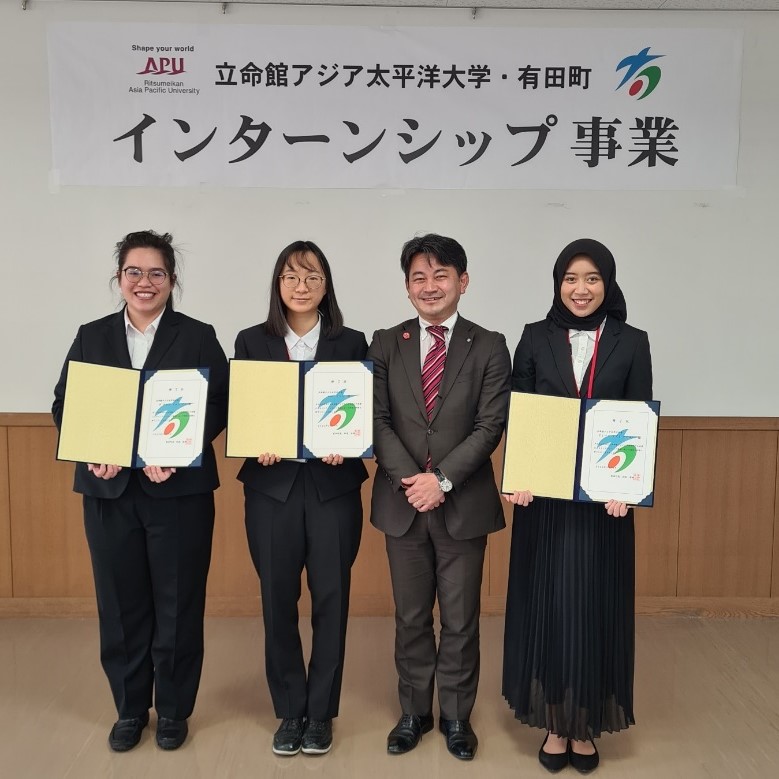
The APU students participating in the 2022 internship program receive their certificates
Copyright © Arita Town 2022
インターンシップ事業の期間は2週間弱で、そのうち5日間学生が派遣された事業者で仕事します。受け入れ先の中には窯業にかかわる企業やまちづくりに取り組む企業、そして有田観光協会があります。有田町が受け入れ先をこの事業に携わる全ての者、すなわち学生本人、受け入れ先と町がそれらの受け入れ先でのインターンシップを通して、どのような成果(物)を期待できるかという基準で選択します。
学生にとって、主な目標は将来、日本で仕事するかどうかを決める際に参考になる日本での実際の仕事経験を身につけることです。そして、学生が派遣された企業の業界を将来の選択肢として本人が視野に入れるかどうか判断する機会を与えられます。受け入れ先にとっては、スタッフとして雇用可能な人材に出会う機会が生まれます。また、外国籍の学生、もしくは外国語が話せる日本人の学生が企業の国際化に役立つ可能性もあります。町にとっては、有田町を町ぐるみ、また生活や仕事をする場所として、佐賀県外や海外からの若者にアピールする狙いがあります。また町は、若者がもっと窯業に興味を持ってくれるよう、宣伝します。
The internship is about two weeks long. Students spend five days actually working at the business that they are assigned to. Among the businesses that accepted the students are companies operating in the ceramics industry as well as a company focusing on town development and the Arita Tourism Association. The local government chooses the businesses based on considerations about whether an internship at that place appears to be promising regarding the benefits for the interns themselves, the businesses and the town.
For the interns, the main goal is to get some firsthand experience in Japanese businesses that can be helpful when deciding if they aim for a career in Japan. Furthermore, students get the opportunity to find out whether the ceramics industry is a field where they want to work in the future. The companies accepting interns get the opportunity to meet potential new staff to recruit. Also, foreign students or Japanese students able to speak foreign languages can contribute to the internationalization of the business. As for the town, the main target is to make Arita more widely known as a town as well as a place to live and work among young people from outside Saga Prefecture and Japan. The town also aims to promote the ceramics industry as a field that young people might develop interest in.
The students get the opportunity to try making porcelain themselves
Copyright © Arita Town 2022
有田焼の歴史は400年以上に亘り、何世紀もの間、繁栄と衰退を繰り返しました。戦後以降では、1990年代初頭が最も盛んでしたが、バブル崩壊以降、多くの他の業界と同様、窯業は低迷しています。人口が減少し、工芸家よりもアカデミックキャリアを目指す若者が増えつつある中で、多くの伝統工芸において、後継者の獲得が大変になっています。このような傾向による影響は窯業が主産業である有田町ではとりわけ強く感じられることでしょう。そのため、窯業の人気を高めるよう、有田町と窯業自体が八方手を尽くし、さまざまな方法を試みています。APUとの協定は町の窯業支援策の一つです。
The history of the ceramics industry in Arita stretches over more than 400 years with many ups and downs in its prosperity over the centuries. Within the more recent history after WW2, the early 1990s have been the prime for ceramics production and sales in Arita but since the burst of the economic bubble in Japan, similar to many other industries, the ceramics industry has been in a state of recession. The crafts industry in Japan struggles to find new craftspeople as the population shrinks and the proportion of young people choosing an academic career over a career in crafts is rising. With the ceramics industry as its biggest industry, the effects of that tendency can be strongly felt in Arita. Therefore, the ceramics industry and the town itself are experimenting with different means to raise the popularity of the ceramics industry as a field of employment. The partnership with APU is one of the measures to promote and support the ceramics industry.
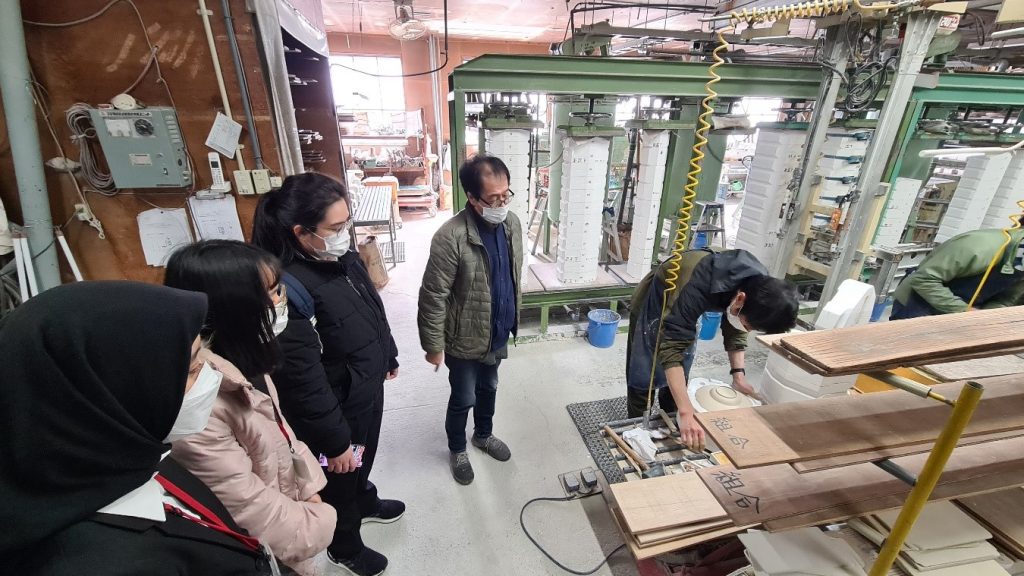
Tour through one of Arita`s kilns
Copyright © Arita Town 2022
上述の2週間程度のインターンシップ以外にも、有田町とAPUが様々なプロジェクトに取り組んでいます。その一環として、2021年11月に、APUの学生13名が有田で週末を過ごしました。学生が有田焼について学び、町民との交流もできました。町の小学生の前でそれぞれの母国についてプレゼンテーションし、国際交流に興味がある町民とのグループディスカッションにも参加していました。
Besides the two-week internship mentioned above, Arita’s local government and APU also work on other projects as part of their partnership. In November 2021, they held an event, for which 13 students from APU spent a weekend in Arita. They learned about the ceramics industry and also got in touch with local residents. They gave presentations in front of elementary school children introducing their home countries and took part in group discussions with locals interested in international exchange.
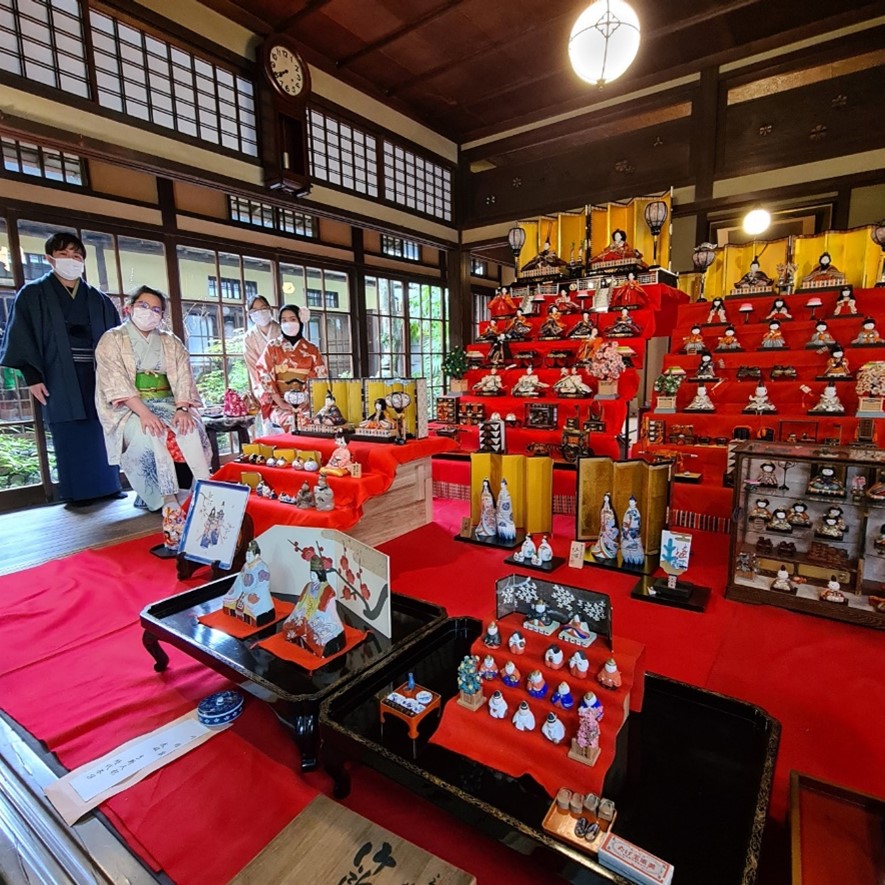
Cultural experience during the Hiina Festival in Arita
Copyright © Arita Town 2022
有田町とAPUの友好交流協定の歴史はまだ比較的日が浅いですが、、既に強い絆で結ばれています。特に、コロナの状況の中で新しい協力関係や繋がりを結ぶことが普段より遥かに難しくなっていることを考えれば、2年半たらずの間に、有田町とAPUの交流がどれほど活発になってきたか、目覚ましいほどです。今後、この交流がさらに深まり、携わる全ての人がその目標を達成しますように!
Even though the history of the partnership between Arita Town and APU is still rather short, a strong connection has already developed. Especially when keeping in mind that due to the Covid-19 pandemic it is much more complicated to develop new partnerships and connections than usual, it is remarkable how active the exchange between Arita and APU has become in less than two and half years. May this connection become even stronger in the future and produce results satisfying all parties involved.
[1]
Ritsumeikan Asia Pacific University, https:// apu.ac.jp/home/news/article/?storyid=3145 (last viewed on March 3rd, 2022)
[2]
Official Journal of Arita Town, December 2019
ヴィンセント・ホイザはハンブルク大学アフリカ・アジア学部日本学科を卒業しました。卒業論文のテーマは「2011年の東日本大震災後の日本:東北地方の復興」です。現在はJETプログラムの参加者として、有田町役場で勤務しています。
Vincent Heuser received his bachelor’s degree from Hamburg University with a thesis on “Japan after the triple disaster 2011: The revitalization of the Tōhoku area”. He currently works as coordinator for international relations (CIR) in the JET-Program at the municipal hall of Arita-chō.

